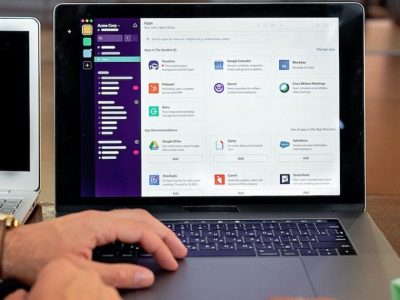Introduction
DevOps is the synchronization of practices, equipment, and philosophies that computerizes and combines the procedures between the enhancement and working group to assist organizations in delivering value to the consumer. The DevOps method provides an efficient, productive, and reliable software deployment procedure.
Implementing the DevOps best practices assists a business in accelerating and computerizing the SDLC. These practices also help development teams to generate seamless processes that boost their capacity.
DevOps practices are extensively used across various productions. Here are some DevOps advantages:
- Delivering high-quality and dependable software expertly.
- Better alliance among the development, operations, and quality assessment groups.
- Better prioritization and management of work by groups.
DevOps consulting company plays a significant role in the development of requests. Hence it becomes authoritative for developers to grasp DevOps. By adopting DevOps practices and equipment, teams can enhance their confidence in building requests.
VoxturrLabs
Voxturr Labs introduces a plethora of services. We do everything from concept design to producing advanced usable apps, from technical documents to developing intelligent business visualizations.
DevOps best practices are:
Accepting agile project management
Why do leading MNCs like Google, Microsoft, and Facebook update or issue products in a few weeks while other organizations take years to do the same?
The reason is agile project management. Agile project management is a consistent approach that assists software teams in expanding their development speed, enhancing collaboration, and answering well to current market trends.
Implement security practices into the app
DevOps is created to combat security vulnerabilities. Before the advent of DevOps, security is only executed in the final stages of application improvement.
However, in a collective DevOps territory, organizations realized the requirement for integrating guarantee with DevOps from day one of application evolution.
Five ways to implement the DevOps
- Share feedback related to security issues.
- Automate our security procedures to minimize human errors, downtime, and accountability.
- Examine any faults across the development, integration, and production environments.
- Train our in-house DevOps team on executing security operations.
By using suitable devices to build the software
Organizations must execute the right set of DevOps in each stage of the DevOps lifecycle to instantly build high-quality software. A DevOps lifecycle means planning, building, continuous integration, deployment, monitoring, operating, and constant review.
The DevOps toolchain permits the development and operation teams to collaborate productively throughout the application lifecycle. We can choose to customize the toolchain as per our team’s needs.
By implementing continuous integration/ continuous delivery
With endless combinations of CI, developers combine new codes into a shared repository several times. At the same time, continuous delivery or CD computerizes the software delivery procedure.
CD is responsible for examining the code and securing the delivery of the integrated system into the production stage without any bugs or problems.
Setting up a CI/CD pipeline permits a business to quickly deliver the end product to customers. CI/CD tools offer certain advantages, such as helping in achieving faster reviews to check the impact and quality of the system and providing transparency to developers of bugs through automated examination.
By establishing observability
To better acknowledge the complicated system of the cloud and microservices architecture. Handling the difficulties of cloud and microservice architecture is difficult. Executing observability as DevOp’s best practice will support our DevOps teams.
Some methods to implement observability are as follows:
- Choose a cost-effective observability platform that addresses our environment’s future needs.
- The platform we choose must be able to analyze data across multiple dimensions and provide actionable insights. The platform must enable us to develop custom metric collections to research and resolve performance issues quickly.
- Your visualization platform must be able to catch data from all the systems and elements and store them in a centralized resource.
By managing code releases and formations with feature flags and canary liberation
Deployment is the procedure of executing the code in its final target. The final target can be a server, a consumer, or any other platform where the system has to be active.
The release is a procedure where the end users acquire the code and features. Feature flags and canary releases are some DevOps best practices that help deploy and release regulations successfully.
Implementing feature flags and canary releases
With feature flags, deploy the identical code versions in different environments. We can implement feature flags as conditional statements within the source code. We can also set up conditional statements and control files to track feature flags.
Conclusion
DevOps is a continuously evolving process. DevOps is critical in driving significant IT transformations that directly boost business goals and objectives.
By implementing the DevOps best practices mentioned in this post, the dev and ops team can collaborate better to accelerate the development process and improve the performance and reliability of the software.













Comments